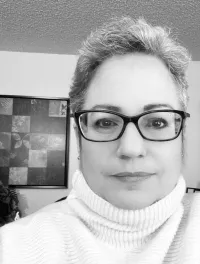Plumbo
Service You Can Trust & Afford
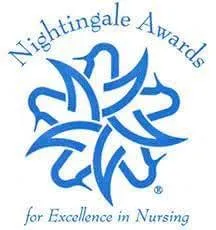
The NURSING WIT AND WISDOM project is proud and honored to have been nominated for the 2015 Nightingale Awards!
Audrey's Blog
Let me share some of my favorite stories with you!
About
Online Courses for Nurses and Preceptors
Fun ways to learn with Clinical Challenges
Blog with lots of Freebies!
Lots of ways to Inspire and Be Inspired!

Ambien in the News. Compelling News... Compelling Questions
Emergency visits due to Ambien (Zolpidem) increased 200% from 2005 to 2010.
You might have seen the May 3, 2013 article, "Emergency Visits Due to Ambien Skyrocket" by Medical News Today that reported results from The DAWN Report from SAMHSA [Substance Abuse and Mental Health Services Administration] that... Emergency visits due to Ambien (Zolpidem) increased 200% from 2005 to 2010.
According to my brief internet search of related topics, this report was noted to have gone viral in the internet highway. I found references on:
MPR: Monthly Prescribing Reference
CBS News
FOX News
Newswise
The Huffington Post
ABS News To Go
Philadelphia Daily News
and a listed 2,350,000 results. I stopped on the 2nd page.
As a Legal Nurse, there were some important things in the study I thought were missing.
But let's review the study first...
The report, "Emergency Department Visits for Adverse Reactions Involving the Insomnia Medication Zolpidem" was provided in 'The DAWN Report' [Drug Abuse Warning Network'. It is a public health surveillance system that monitors drug-related morbidity and mortality.
The Dawn Report uses information by hospitals and medical examiners or coroners in selected metropolitan areas and states. It is provided by the Substance Abuse and Mental Health Services Administration [SAMHSA].
SAMSHA was established in 1992 by Congress, with a directive to target substance abuse and mental health services.
The report noted a few startling facts:
The number of zolpidem-related emergency department [ED] visits involving adverse reactions increased nearly 200%... from 6,111 visits in 2005 to 19,487 visits in 2010.
Females accounted for two thirds (68 percent0 of zolpidem-related ED visits involving adverse reactions in 2010.
Patients aged 45 years or older represented about three quarters [74 percent] of zolpidem-related ED visits involving adverse reactions while those aged 65 years or older represented about one third [32 percent]...
Half of visits [50 percent] involved other pharmaceuticals combined with zolpidem, including narcotic pain relievers [26 percent] and other anti-anxiety and insomnia medication [16 percent].
Approximately 50 to 70 million Americans suffer from chronic sleep disorders.
According to the product information of Ambien, by its manufacturer: Sanofi-Aventis: [quoted]:
A sedative-hypnotic (sleep) medicine.
Is used in adults for the short-term treatment of a sleep problem called insomnia.
Is a FEDERALLY CONTROLLED C-IV SUBSTANCE that can be abused or lead to dependence.
Sanofi-Aventis reports possible side effects include:
SERIOUS SIDE EFFECTS:
getting out of bed while not being fully awake and doing an activity that you do not know you are doing
abnormal thoughts and behaviors
memory loss
anxiety
severe allergic reactions
MEDLINE PLUS added these side effects:
Daytime drowsiness
Dizziness
Hallucinations
Agitation
Sleep-walking
Drowsiness while driving
Legal Nurse Notes:
When I initially read both reports, I thought, I agree! Providers and nurses can be very wary of giving Ambien to certain patient populations due to these very side effects and usually will educate them regarding the side effects.
But then, I realized, in the report and the only 2 pages of travelled news stories, that some pieces were missing, that in a medical-legal case, I would want to know:
The report DOES NOT specify percent calculations of SIDE EFFECTS/ADVERSE REACTIONS TO PATIENT COMPLAINTS. It only says, "emergency room visits to due adverse side effects".
How many different adverse effects were there, and how many patients were affected by EACH of these adverse effects?
The report DOES NOT specify the REASON FOR ADMISSION:
a. Patient self-admit.
b. Family brought patient to hospital due to noting adverse reactions.
c. EMS transport due to home visit for overdose or report of adverse reactions.
d. EMS transport due to accident or other trauma caused by patient driving or other activity under the influence of medication.
The report DOES NOT specify HOW AMBIEN WAS DETERMINED TO BE THE CAUSE of the admission. Ambien is not specifically specified on a urine or blood toxicity screening test. Its use would have to be determined by patient or family report, medication list, medication bottle or physicians' reports.
How are they gathering their data?
The report DOES NOT specify what other diagnoses or problems that patients had, even in general terms, that might have had an effect on their admission.
Many times, when a patient comes in to the hospital, whether through the Emergency Room, or a direct admission to the ICU or a patient care floor, they can give incorrect, or incomplete information regarding their medications. It is understandable... they are sick, feeling terrible, medicated or unconscious.
However, in order to get a true and complete history, including medication use, the providers will usually comb through multiple resources to obtain a full and complete patient history, including:
a. patient's verbal history
b. purses and other belongings
c. patient's written listing of medications
d. family or significant other or Medical Power of Attorney report
e. previous hospital records
f. hospital records from other hospitals
g. release of records from primary care or other physicians
h. State or Government narcotic prescription records
REFERENCES TO KEEP:
SAMHSA: Substance Abuse and Mental Health Services Administration
MEDICAL NEWS TODAY: 5/3/2013: "Emergency Visits Due to Ambien Skyrocket"
SANOFI-AVENTIS Prescribing Information for AMBIEN/Zolpidem
The report is compelling... at first. And clearly, the startle effect made a significant viral trip around the internet and news within 24 hours makes it news... but without these extra facts... is it newsworthy?
I would be hesitant to use a report like this without researching the authors and providing other substantial evidence-based-research to back up any point I think I would want to take from this report.
What makes the news is not necessarily evidence-based facts... but ideas where we can begin our research.
Helping You Find The Answers
Audrey Friedman, RN
Friedman Medical Legal Consulting, LLC
I want nurses to feel excited about their work.
To feel empowered, connected and inspired when they make a difference in another person's life.
Come join me in renewing our connection, commitment and inspiration for Nursing:
reviewing clinical knowledge, enjoying fun clinical challenges, healing burnout and being inspired!
We are an award winning plumbing company with over 20 years experience in the business. We provide a wide range of services for both residential and commercial clients.
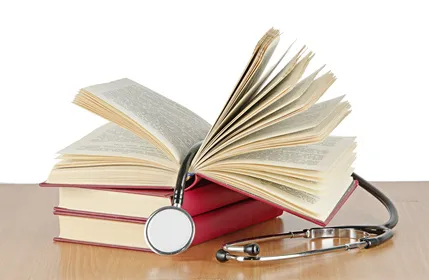

My Blog with
Clinical Challenges


Courses for Nurses and
The Preceptor Academy
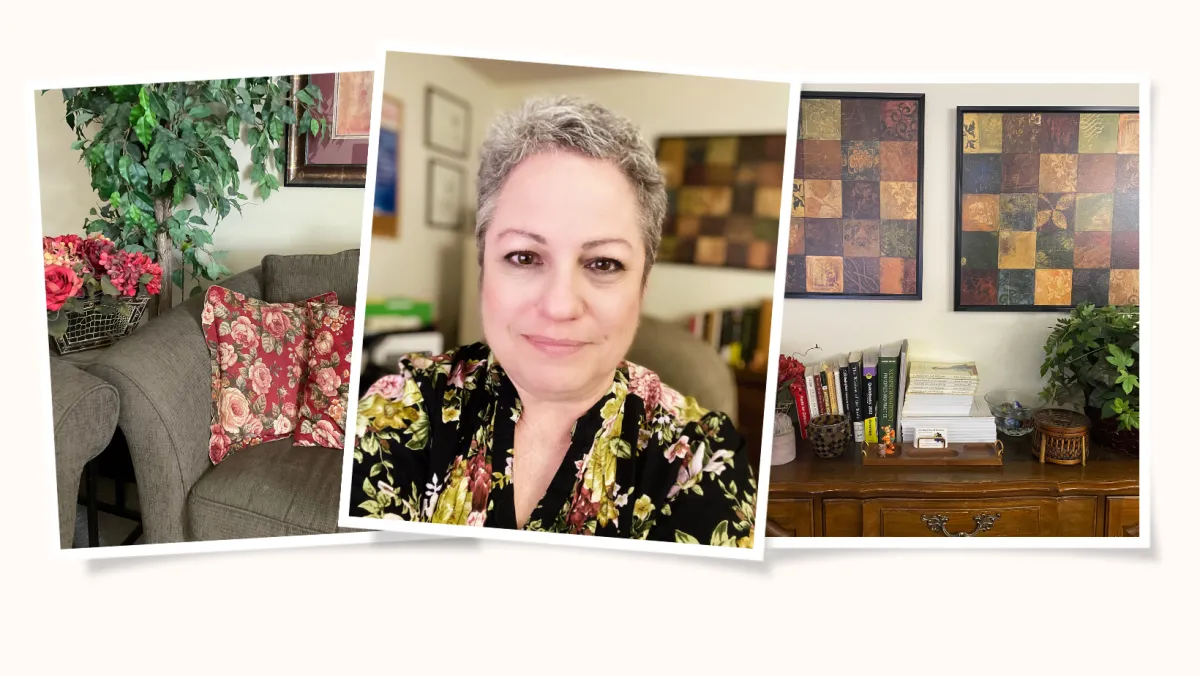

Coaching with Audrey
Preceptor Academy
Clinical Challenges
Resources
Inspirations!
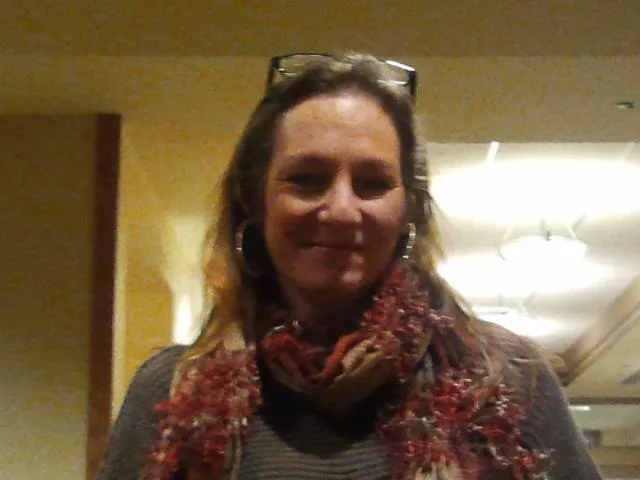
"I have had the pleasure to read quite a few of Audrey's work, and they have always been enjoyable, as well as educational. Don't miss out on a chance to read such a witty, informative, educational and memorable journey with insight only a dedicated nurse could share with us."
Jill Oldehoff
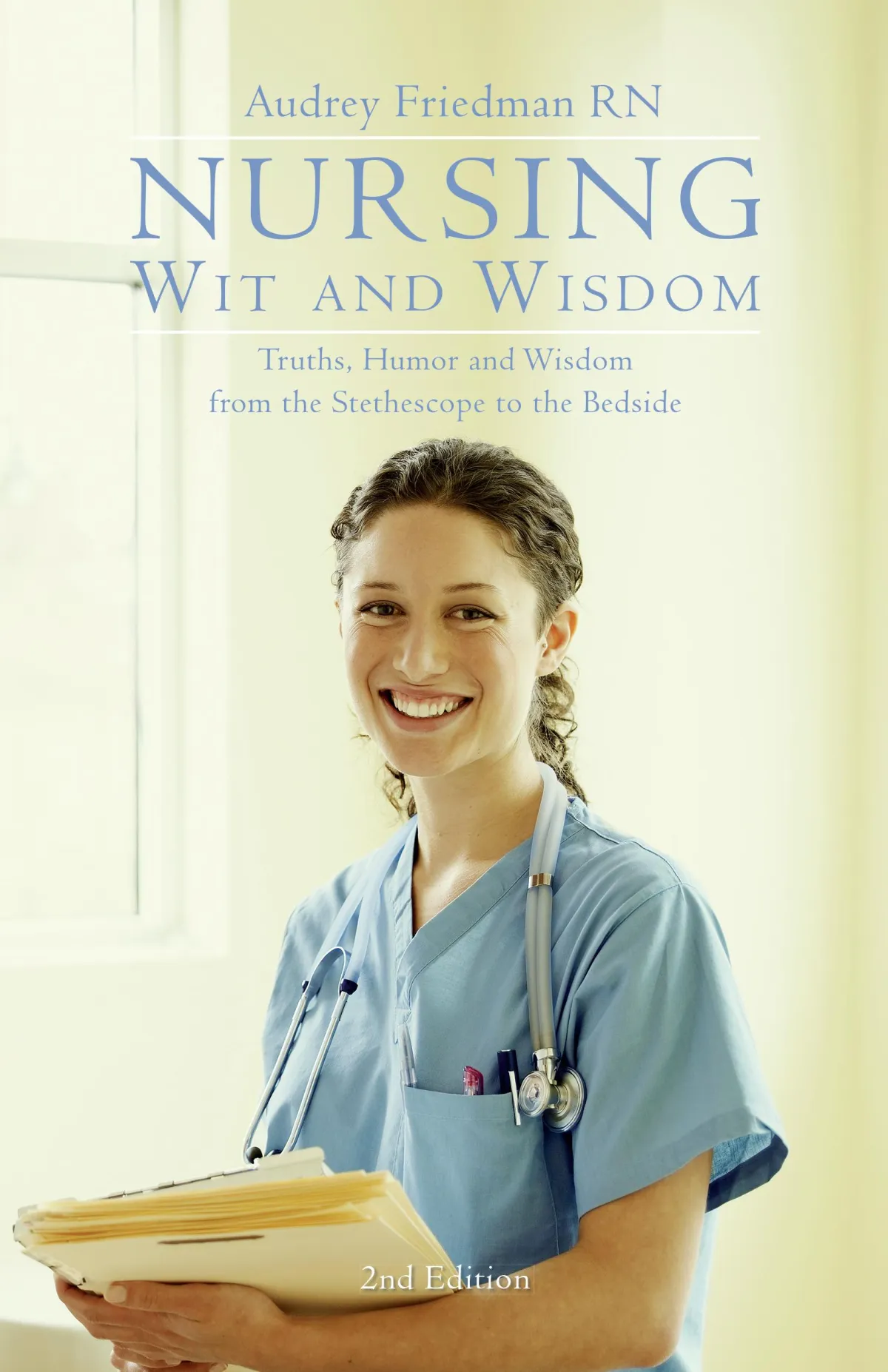
Nurses have the unique privilege to have a backstage pass to our patients' and families' journeys. In the process, we teach, listen, clean up things only your mother or a toxic waste company would touch, and love to wake up doctors in the middle of the night.
And hopefully, we inspire and share our wisdom along the way.
The journey is not only for them, but for us as well. Our own journey as nurses has been seeded by what we experience. Do you see them as gifts or challenges? Can both inspire you?
I hope so!
This is the perfect companion for nurses, nursing students, medical students and all those who share in a nurse's life.
Share it with someone!
Inspire and Be Inspired!
Audrey Friedman, RN
2015 Nightingale Award nominee
"This book should be in the hands of every single nurse on the planet!"
- Sara Davenport
